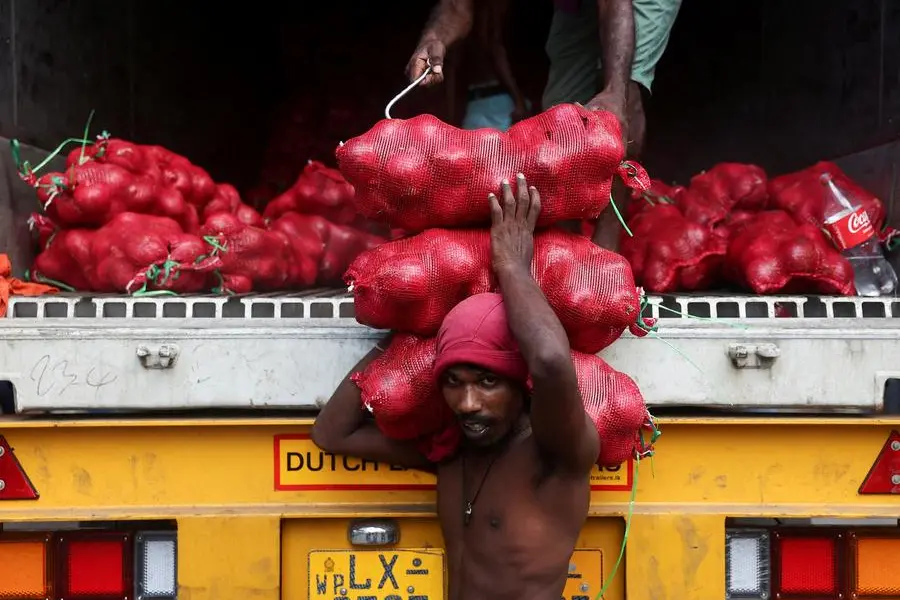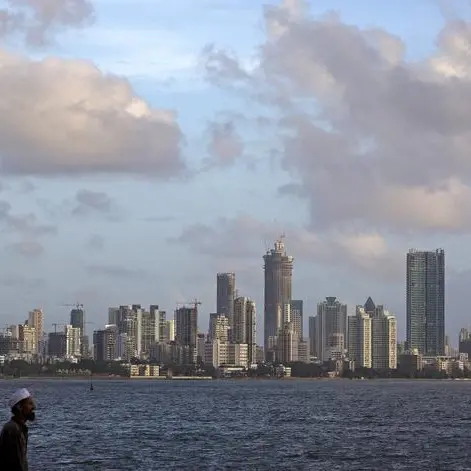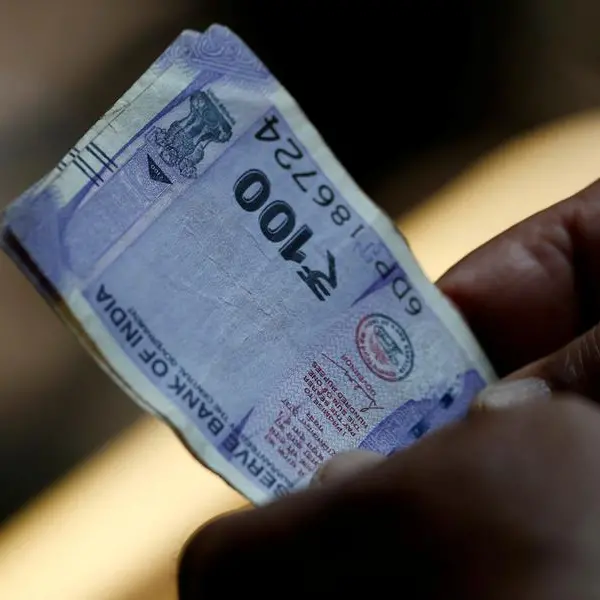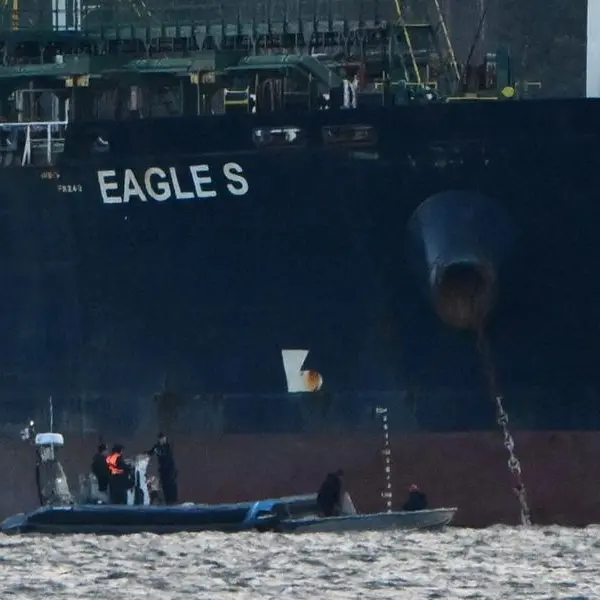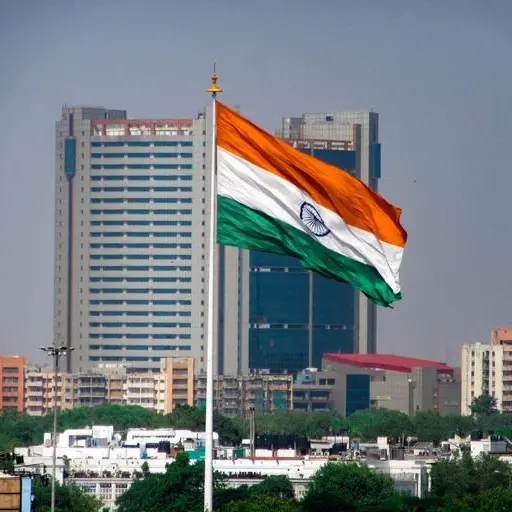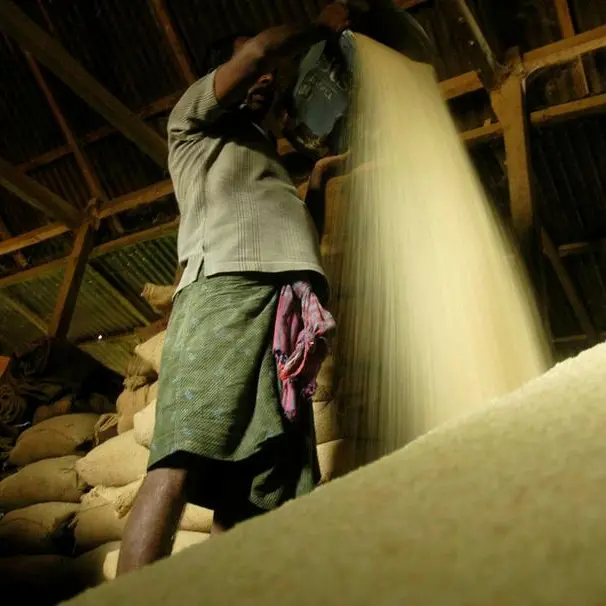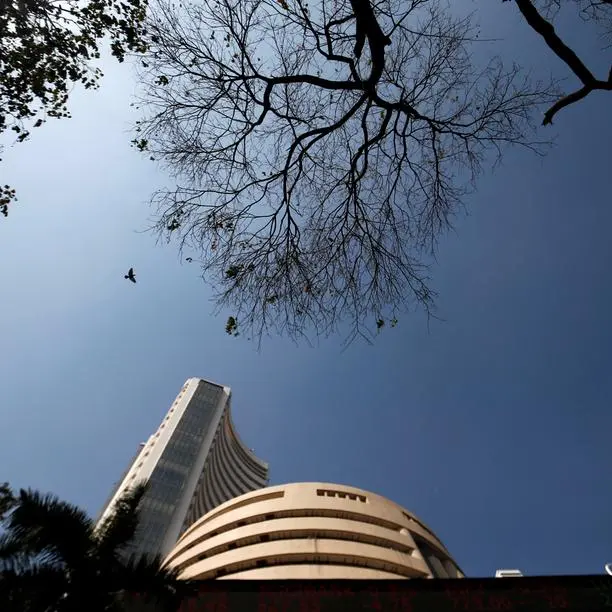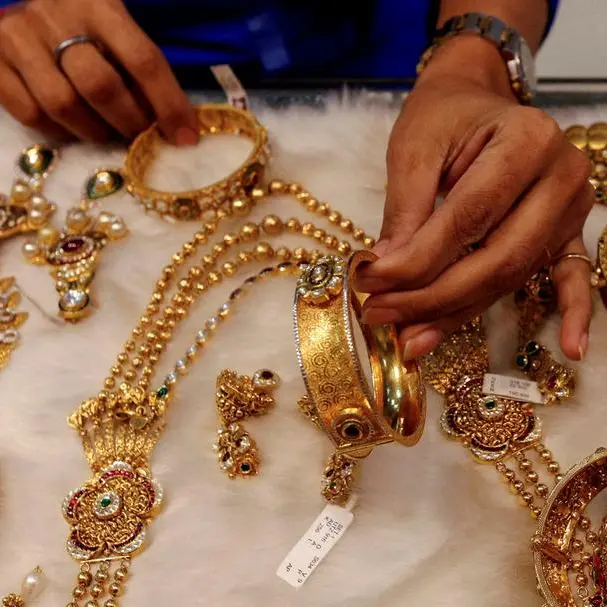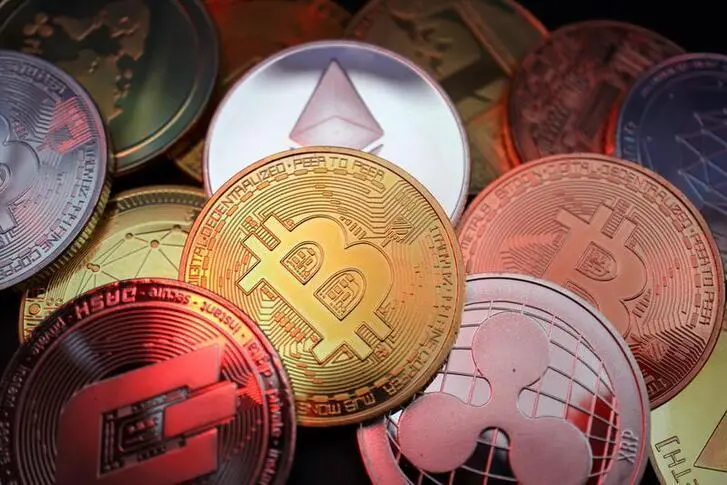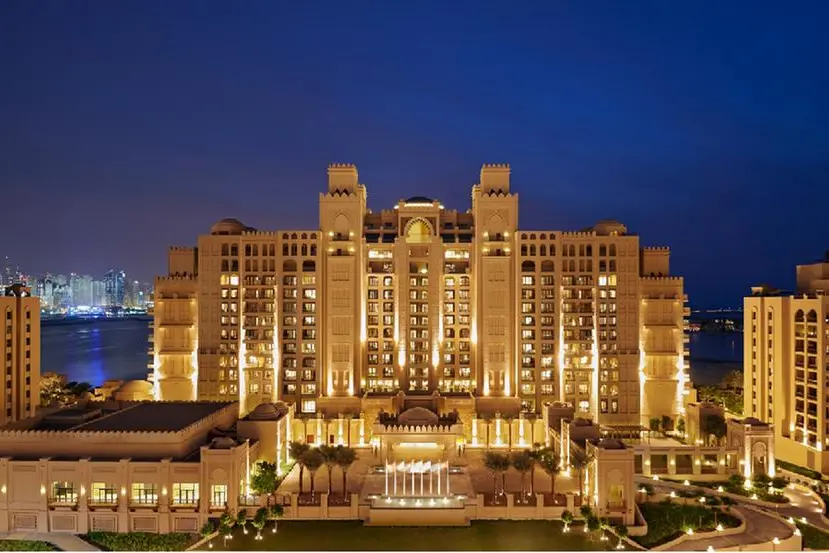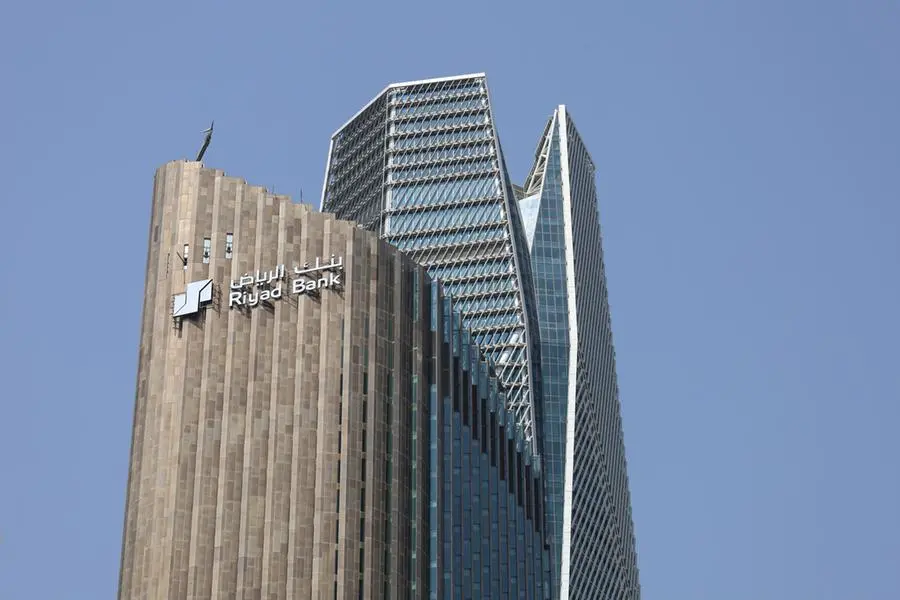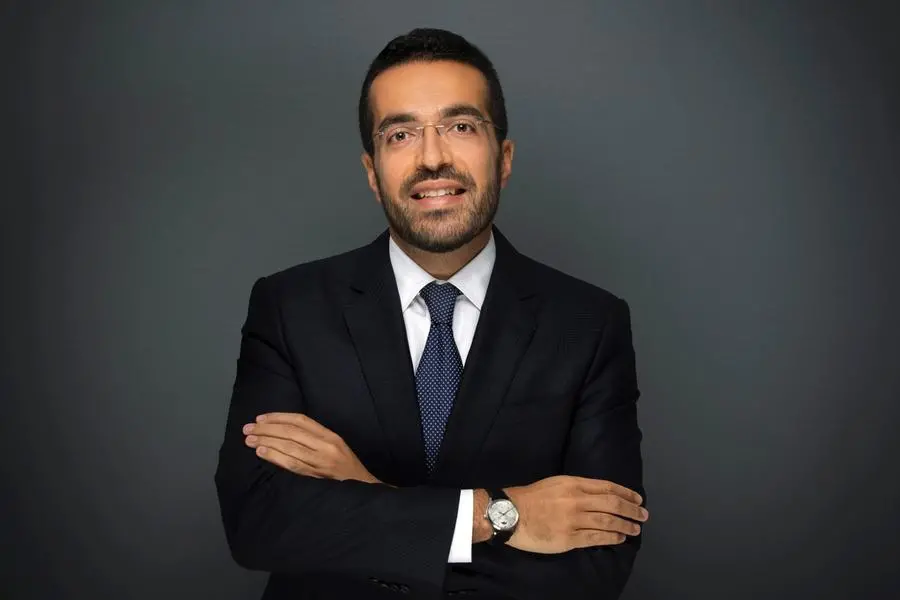PHOTO
Sri Lanka's inflation is likely to remain well below target until March next year, a monetary policy report released by the central bank said on Thursday, underscoring the island nation's fragile economic rebound from a crippling financial crisis.
The island nation's economy is seeing glimmers of recovery, helped by a $2.9 billion International Monetary Fund programme, after it went into freefall in 2022 due to a severe foreign exchange shortage.
Sri Lanka's inflation is projected to remain about 2 percentage points below the Central Bank of Sri Lanka's target of 5% for the next seven months due to lower power, fuel and food prices, the report said.
"Headline inflation is anticipated to record a temporary uptick towards the second half of 2025, mainly due to the unfavourable statistical base effect, and to gradually stabilise around the targeted level of 5% (year-on-year) over the medium term," the report added.
Inflation rose to 2.4% in July from 1.7% the previous month, but analysts expect it to hover around the 3%-4% mark for the rest of 2024.
Sri Lanka's economy is expected to grow 3% in 2024 after contracting 2.3% last year.
Taking advantage of lower inflation, the central bank has cut rates by 75 basis points this year in an easing cycle that has seen rates drop by 7.25 percentage points since June 2023, partially reversing 10.50 percentage points of increases since April 2022 when the financial crisis was at its height.
Sri Lanka will hold a presidential poll on Sept. 21 with the Election Commission giving approval for President Ranil Wickremesinghe to contest in the race that will pit him against opposition leader Sajith Premadasa and Marxist-leaning parliamentarian Anura Kumara Dissanayake.
The winner will have to shore up the fragile economic recovery, implement more taxes under the IMF programme, finalise a $12.5-billion debt restructuring and focus on achieving sustainable growth.
(Reporting by Uditha Jayasinghe; Editing by Alison Williams)
